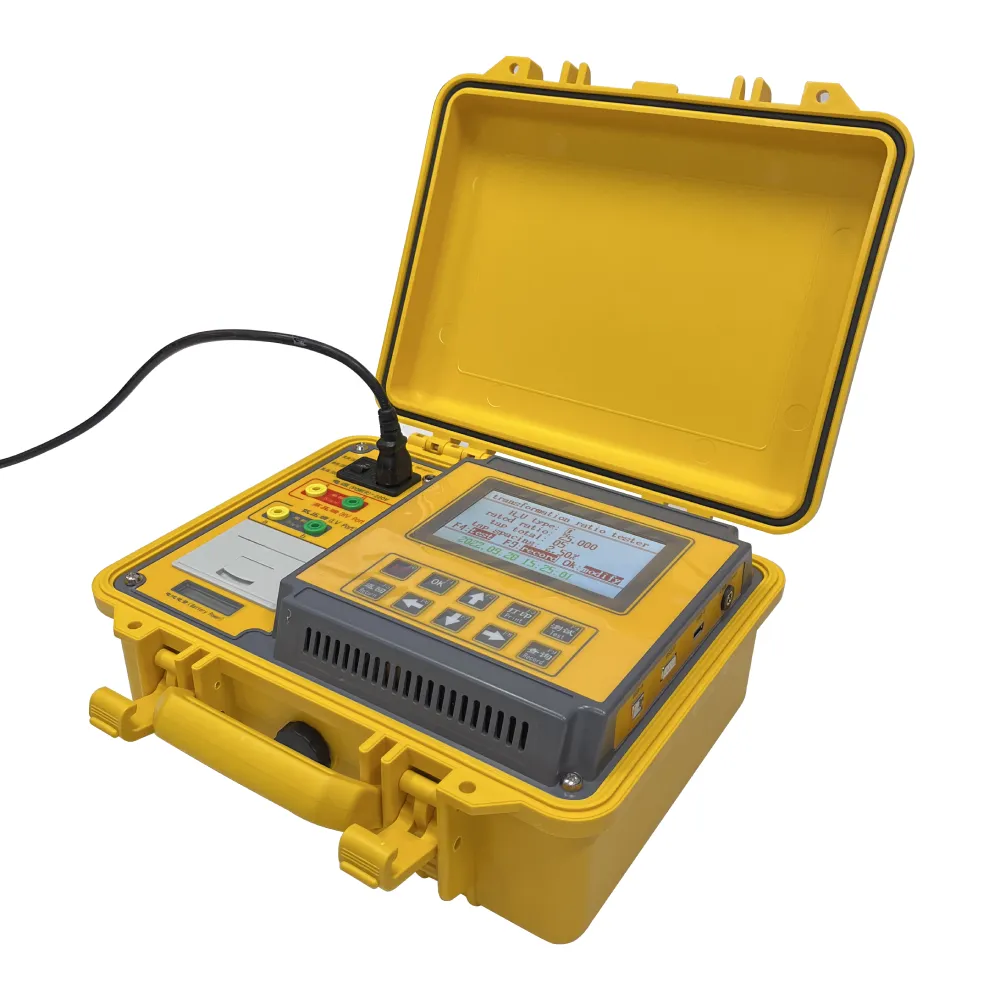 English
English



-
 Afrikaans
Afrikaans -
 Albanian
Albanian -
 Amharic
Amharic -
 Arabic
Arabic -
 Armenian
Armenian -
 Azerbaijani
Azerbaijani -
 Basque
Basque -
 Belarusian
Belarusian -
 Bengali
Bengali -
 Bosnian
Bosnian -
 Bulgarian
Bulgarian -
 Catalan
Catalan -
 Cebuano
Cebuano -
 China
China -
 China (Taiwan)
China (Taiwan) -
 Corsican
Corsican -
 Croatian
Croatian -
 Czech
Czech -
 Danish
Danish -
 Dutch
Dutch -
 English
English -
 Esperanto
Esperanto -
 Estonian
Estonian -
 Finnish
Finnish -
 French
French -
 Frisian
Frisian -
 Galician
Galician -
 Georgian
Georgian -
 German
German -
 Greek
Greek -
 Gujarati
Gujarati -
 Haitian Creole
Haitian Creole -
 hausa
hausa -
 hawaiian
hawaiian -
 Hebrew
Hebrew -
 Hindi
Hindi -
 Miao
Miao -
 Hungarian
Hungarian -
 Icelandic
Icelandic -
 igbo
igbo -
 Indonesian
Indonesian -
 irish
irish -
 Italian
Italian -
 Japanese
Japanese -
 Javanese
Javanese -
 Kannada
Kannada -
 kazakh
kazakh -
 Khmer
Khmer -
 Rwandese
Rwandese -
 Korean
Korean -
 Kurdish
Kurdish -
 Kyrgyz
Kyrgyz -
 Lao
Lao -
 Latin
Latin -
 Latvian
Latvian -
 Lithuanian
Lithuanian -
 Luxembourgish
Luxembourgish -
 Macedonian
Macedonian -
 Malgashi
Malgashi -
 Malay
Malay -
 Malayalam
Malayalam -
 Maltese
Maltese -
 Maori
Maori -
 Marathi
Marathi -
 Mongolian
Mongolian -
 Myanmar
Myanmar -
 Nepali
Nepali -
 Norwegian
Norwegian -
 Norwegian
Norwegian -
 Occitan
Occitan -
 Pashto
Pashto -
 Persian
Persian -
 Polish
Polish -
 Portuguese
Portuguese -
 Punjabi
Punjabi -
 Romanian
Romanian -
 Russian
Russian -
 Samoan
Samoan -
 Scottish Gaelic
Scottish Gaelic -
 Serbian
Serbian -
 Sesotho
Sesotho -
 Shona
Shona -
 Sindhi
Sindhi -
 Sinhala
Sinhala -
 Slovak
Slovak -
 Slovenian
Slovenian -
 Somali
Somali -
 Spanish
Spanish -
 Sundanese
Sundanese -
 Swahili
Swahili -
 Swedish
Swedish -
 Tagalog
Tagalog -
 Tajik
Tajik -
 Tamil
Tamil -
 Tatar
Tatar -
 Telugu
Telugu -
 Thai
Thai -
 Turkish
Turkish -
 Turkmen
Turkmen -
 Ukrainian
Ukrainian -
 Urdu
Urdu -
 Uighur
Uighur -
 Uzbek
Uzbek -
 Vietnamese
Vietnamese -
 Welsh
Welsh -
 Bantu
Bantu -
 Yiddish
Yiddish -
 Yoruba
Yoruba -
 Zulu
Zulu
Electrical Safety Testing with Hi-Pot Techniques for Reliable Equipment Performance
Understanding Hipot Testing in Electrical Engineering
In the field of electrical engineering, ensuring the safety and reliability of electrical devices is paramount. One of the critical tests employed to validate the insulation integrity of these devices is known as Hipot testing, short for high potential testing. This process is designed to ascertain that a product can withstand voltages higher than it would normally encounter during operation, thereby helping to prevent potential electrical shock hazards or equipment failures.
What is Hipot Testing?
Hipot testing involves applying a high voltage to an electrical device's insulation system and measuring the leakage current that flows through the insulation. Typically, this voltage can be several times the operating voltage of the device. The test aims to verify that the insulation is robust enough to handle unexpected voltage spikes without breaking down.
During the test, the equipment under examination is connected to a hipot tester, which generates the high voltage. The test can be classified into two main types dielectric withstand testing and insulation resistance testing. The dielectric withstand test establishes whether the insulation can handle high-voltage conditions, while insulation resistance testing assesses the integrity of the insulation over time, often at lower voltages.
Why is Hipot Testing Important?
The importance of Hipot testing cannot be overstated. In a world increasingly reliant on electrical devices—from consumer electronics to industrial machinery—safety is a fundamental concern. Failures in insulation can lead to short circuits, fires, or electrical shocks that could harm users or damage equipment. By identifying defects in insulation early in the manufacturing process or during maintenance checks, companies can prevent catastrophic failures and ensure compliance with safety standards.
Moreover, regulatory bodies and industry standards often mandate the completion of Hipot testing for certain devices. Ensuring compliance with these standards not only protects consumers but also shields manufacturers from legal liabilities associated with unsafe products.
How is Hipot Testing Conducted?
hipot electrical

Conducting a Hipot test involves several critical steps
1. Preparation Before testing, it is essential to ensure that the equipment is disconnected from its power source and other connected devices. This step avoids the risk of damaging other components during the test.
2. Setting Voltage Levels The tester must be calibrated to apply the appropriate voltage level, which is generally determined based on the device's operating voltage.
3. Connection The hipot tester's test leads should be properly connected to the device. Care must be taken to avoid contact with the leads during the test.
4. Testing Once everything is set, the test can commence. The hipot tester applies the high voltage, and the device is monitored for any signs of insulation failure, such as excessive leakage current.
5. Assessment After the test, the results should be analyzed. If the leakage current remains within specified limits, the insulation is deemed acceptable. If it exceeds the limits, the device requires further investigation and potential remediation.
Conclusion
Hipot testing is an essential procedure in the realm of electrical engineering that serves to ensure the safety and integrity of electrical devices. By applying high voltages to test insulation, manufacturers can avoid catastrophic failures and uphold industry standards. As our reliance on technology grows, so does the importance of rigorous testing methods like Hipot to safeguard both consumers and manufacturers alike. As a result, understanding the principles and processes behind Hipot testing is crucial for anyone involved in the design, manufacturing, or maintenance of electrical equipment.
-
Ensuring SF₆ Gas Safety: Introducing PUSH’s Integrated SF₆ Analyzer for Dew Point, Purity, and Decomposition MonitoringNewsJul.10,2025
-
Exploring the Main Types of Industrial Endoscopes and Their Applications Across IndustriesNewsJul.04,2025
-
Testing Equipment Industry Sees Major Advancements in 2025: Smart & Precision Technologies Lead the WayNewsJun.06,2025
-
Applications of Direct Current Generators in Renewable Energy SystemsNewsJun.05,2025
-
Hipot Tester Calibration and Accuracy GuidelinesNewsJun.05,2025
-
Digital Circuit Breaker Analyzer Features and BenefitsNewsJun.05,2025



